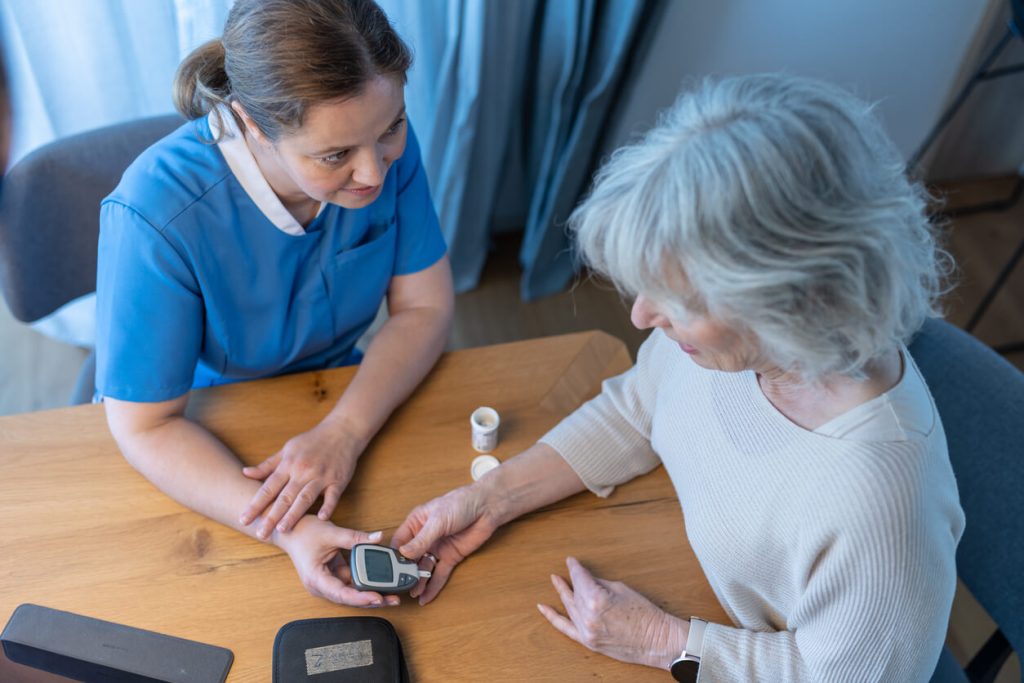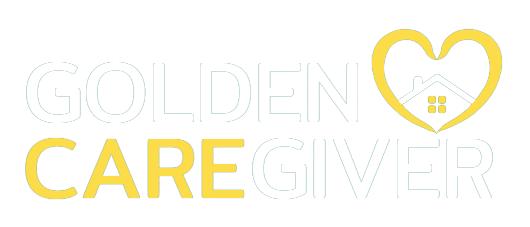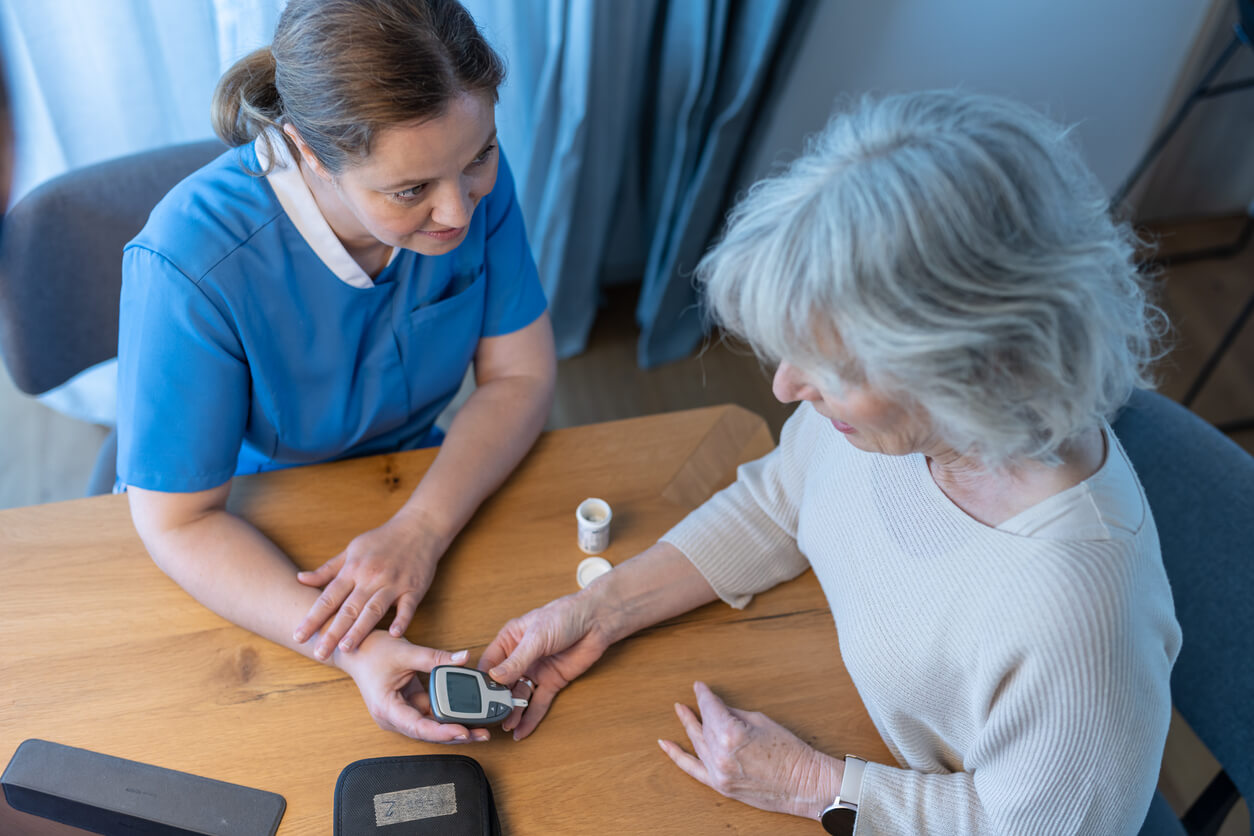 The rise of technology has ushered in innovative solutions to monitor older people, ensuring their safety and providing peace of mind to their loved ones. This guide delves into the realm of elderly monitoring systems, exploring their functionality, differences, selection criteria, costs, and insurance coverage. We also highlight the best systems for 2024, offer practical tips for non-intrusive monitoring, and advise consulting experts for personalized guidance.
The rise of technology has ushered in innovative solutions to monitor older people, ensuring their safety and providing peace of mind to their loved ones. This guide delves into the realm of elderly monitoring systems, exploring their functionality, differences, selection criteria, costs, and insurance coverage. We also highlight the best systems for 2024, offer practical tips for non-intrusive monitoring, and advise consulting experts for personalized guidance.Understanding Elderly Monitoring Systems
What Are Elderly Monitoring Systems?
Elderly monitoring systems are sophisticated tools leveraging technology to safeguard seniors, particularly those living on their own. These systems offer a spectrum of functionalities aimed at enhancing senior safety and health monitoring:
- Basic Alert Devices: Simple, user-friendly gadgets designed for emergency communication.
- Comprehensive In-home Networks: Integrates sensors and cameras within the home for continuous monitoring.
- Wearable Technologies: Devices worn by seniors that can detect falls and monitor vital signs in real time.
- Artificial Intelligence (AI): Employs AI to analyze health data, predict potential health issues, and automate emergency alerts.
These systems act as a critical link between elderly individuals and their caregivers or family members, providing instant alerts and health updates. This ensures not only the safety and well-being of seniors but also offers peace of mind to those who care for them, enabling a balance between independence and safety.
The Difference Between In-Home and Medical Alert Systems
Understanding the distinction between in-home monitoring and medical alert systems is essential for choosing appropriate elderly care:
In-Home Monitoring Systems
- Employ sensors and cameras to surveil the senior’s living environment.
- Detect abnormal activity and emergencies, providing a comprehensive safety net.
- Ideal for continuous monitoring within the home setting.
Medical Alert Systems
- Wearable devices designed for emergency communication.
- Allow seniors to summon help with the simple press of a button.
- Best suited for immediate assistance needs, both inside and outside the home.
While both systems aim to enhance senior safety, their applications vary greatly. In-home monitoring offers a broad surveillance approach, perfect for constant observation. Medical alert systems, however, provide a straightforward solution for urgent help, making them crucial for seniors requiring immediate assistance. The choice between them depends on the desired extent of monitoring and the senior’s specific living conditions.
Selecting the Right Elderly Monitoring System
Criteria for Choosing a Caregiver Alert System
Selecting an optimal caregiver alert system requires thorough consideration of various factors to ensure the safety and comfort of elderly individuals:
Assessment of Elderly Needs
- Identify specific medical or mobility issues requiring monitoring.
- Consider the level of independence and daily activity of the senior.
System Usability
- Look for user-friendly interfaces and easy-to-wear devices.
- Ensure the system is accessible for seniors with varying levels of tech-savviness.
Reliability and Effectiveness
- Opt for systems with a proven track record of timely alerts and responses.
- Check for battery life and system uptime to guarantee continuous monitoring.
Monitoring Technology
- Decide between various monitoring options (e.g., fall detection, activity monitoring, GPS tracking).
- Evaluate the benefits of integrating AI for predictive alerts and health trend analysis.
Balance Between Monitoring and Independence
- Choose non-invasive systems that respect the senior’s privacy and independence.
- Prioritize systems that blend into the daily life of older people without causing distress or discomfort.
Experts recommend a system that harmonizes comprehensive monitoring with discreet operation, ensuring that seniors are protected while maintaining their dignity and autonomy.
In-Home Elderly Monitoring System Costs and Insurance
The financial aspect of in-home elderly monitoring systems is a critical consideration for many families. The costs and insurance coverage can greatly impact the selection process:
Cost Variation
- Prices range significantly based on the sophistication and range of monitoring features.
- Initial setup fees, monthly service charges, and equipment costs must be considered.
Insurance and Benefit Programs
- Certain health insurance plans and government benefits may cover part of the costs.
- Long-term care insurance policies often include provisions for home monitoring systems.
Research and Inquiries
- Thoroughly investigate insurance policies for specific coverage details on monitoring systems.
- Consult with insurance providers and system vendors about potential discounts or covered models.
Financial Planning
- Factor in potential long-term savings from preventing hospital visits or delaying nursing home placement.
- Explore rental options for equipment to reduce upfront costs.
Understanding the financial implications, including insurance coverage and out-of-pocket expenses, is crucial. Families are advised to conduct in-depth research and consult with insurance carriers to identify the most cost-effective and beneficial monitoring solutions for their elderly loved ones.

Top Elderly Monitoring Systems for 2024
Best Systems for Remote Monitoring
In 2024, the landscape of remote monitoring systems for the elderly has evolved, with several standout solutions providing exceptional reliability and comprehensive coverage. These systems not only ensure the safety and well-being of seniors living independently but also offer peace of mind to their families. Key players include Medical Guardian and Aloe Care Health, each offering unique benefits tailored to various senior lifestyles:
Medical Guardian
- It offers a range of devices, including wearable pendants and wristbands, that are equipped with fall detection.
- Features include GPS tracking for outdoor safety, two-way communication, and a mobile app for caregiver alerts.
- It is ideal for seniors with a mix of home-based and outdoor activities, ensuring coverage in any location.
Aloe Care Health
- Specializes in in-home systems that use voice-activated technology, making emergency calls easier without needing to press a button.
- It incorporates environmental monitoring for air quality and temperature, adding another layer of safety.
- Provides a comprehensive app for family caregivers to receive updates and monitor wellness.
Both systems prioritize:
- Fall Detection and Activity Monitoring: Automatically detects falls, alerting caregivers and emergency services without the need for manual activation.
- Emergency Response Services: Offers 24/7 monitoring centers that promptly connect seniors with emergency responders.
- Customization and Flexibility: Tailor monitoring levels and device configurations to fit the specific needs and lifestyles of seniors.
- Ease of Use: Designed with the senior user in mind, ensuring simplicity and accessibility in emergencies.
- GPS Capabilities: Enables location tracking for seniors who are active outdoors, providing alerts if they venture outside of predefined safe zones.
These features demonstrate a commitment to leveraging technology in a way that enhances senior safety without intruding on their independence. When choosing a remote monitoring system, it’s crucial to consider the senior’s lifestyle, the level of monitoring required, and the system’s ability to integrate seamlessly into daily routines, ensuring that seniors are not only safe but also comfortable with the technology that surrounds them.
Expert-Recommended In-Home Systems
In the evolving market of in-home systems designed for senior safety, expert recommendations have spotlighted a few standout products for their innovation, reliability, and user-friendly features. Among these, the Apple Watch and systems like Medical Guardian have emerged as leaders in enhancing in-home safety for seniors. These systems are celebrated for their ability to blend seamlessly into the daily lives of seniors, offering both peace of mind and a sense of independence:
Apple Watch
- Health Monitoring: Advanced sensors for tracking heart rate, detecting irregular heart rhythms, and measuring blood oxygen levels.
- Fall Detection: Automatically detects a fall and sends an alert to emergency contacts if the user is immobile for a minute following the fall.
- Mobility Tracking: Provides insights into the user’s mobility and has been adapted for older adults, encouraging a healthier lifestyle.
Medical Guardian
- Comprehensive Monitoring: Offers a suite of devices that can be placed around the home for continuous monitoring, including fall detection pendants and emergency wall buttons.
- Customized Alerts: Allows for personalized contact lists for emergency notifications, ensuring the right people are alerted at the right time.
- 24/7 Support: Provides around-the-clock access to emergency response centers, offering immediate assistance when needed.
Experts underscore the importance of selecting a system based on:
- Compatibility with Lifestyle: Ensuring the system fits the senior’s daily routine and activity level.
- Ease of Use: Devices should be straightforward to operate, especially in emergencies.
- Reliability: Systems must have a track record of accurate and timely response to alerts.
- Health Monitoring Features: This is especially important for seniors with chronic conditions or those at risk of falls.
- Integration Capabilities: Ability to work in tandem with other home devices or systems for a comprehensive safety net.
The combination of these advanced features and the adaptability of devices like the Apple Watch and Medical Guardian highlights a significant shift towards more interactive, responsive, and preventative in-home care solutions. These systems not only cater to the immediate safety needs of seniors but also contribute to their overall health and well-being, making them invaluable tools in the realm of elderly care.
Practical Tips for Monitoring Elderly Parents Without Intruding
Low-Tech and Non-Invasive High-Tech Solutions
Maintaining the balance between respecting the autonomy of elderly parents and ensuring their safety requires thoughtful consideration of the monitoring solutions implemented. Combining low-tech approaches with non-invasive high-tech options presents a method to safeguard seniors without infringing on their independence:
Low-Tech Solutions
- Regular Check-In Calls: Simple phone calls to ensure well-being and provide social interaction.
- Scheduled Visits: Regular, in-person visits are not only for safety checks but also for companionship.
Non-Invasive High-Tech Options
- Motion Sensors: These are installed in critical areas of the home to monitor movement without direct supervision, alerting caregivers in case of unusual inactivity.
- Wearable Devices: Offer health monitoring like heart rate and sleep patterns without the need for active engagement or intrusion.
These strategies emphasize:
- Preservation of Dignity: Seniors maintain a sense of independence, with technology subtly integrated into their lives.
- Safety and Oversight: Ensuring that emergencies or irregularities are promptly addressed without constant direct monitoring.
- Emotional Well-being: Low-tech solutions support emotional health through regular human contact, addressing loneliness and isolation.
Implementing a mix of these solutions can create a supportive environment that honors the independence of elderly individuals while keeping safety as a priority.
Other Monitoring Systems to Consider
Beyond the primary monitoring systems mentioned, the market offers a variety of specialized devices catering to the unique needs and conditions of older people. These additional options provide tailored solutions, ensuring that families can choose a system that aligns closely with the senior’s lifestyle and specific health concerns:
Medication Management Devices
- It has automated pill dispensers that alert seniors when it’s time to take their medication, reducing the risk of missed or double doses.
- Smart medication apps that can track adherence and notify caregivers of any missed medications.
Cognitive Impairment Monitoring
- GPS trackers and wearable devices designed for individuals with Alzheimer’s or dementia offer real-time location tracking to prevent wandering.
- Interactive apps that provide cognitive exercises tailored to slow the progression of cognitive decline and engage memory functions.
Environmental Safety
- Smart home systems that control lighting, temperature, and appliances, minimizing risks associated with manual operation by seniors.
- Emergency detection systems that automatically sense smoke, carbon monoxide, or water leaks promptly alert both seniors and caregivers.
These systems enhance the ability to provide comprehensive, personalized care by addressing specific aspects of the senior’s health and environmental safety. The diversity of these monitoring options ensures that every family can find a solution that respects the senior’s independence while safeguarding their well-being.
Consulting with Experts for Personalized Advice
Talk with a Senior Living Advisor
Consulting a senior living advisor offers crucial insights for choosing the right elderly monitoring system:
- Personalized Recommendations: Advisors tailor their advice to the senior’s unique health conditions and living arrangements.
- Expertise: They bring extensive knowledge of the latest monitoring technologies and their practical applications.
- Informed Decision-Making: Advisors can highlight pros and cons, helping families navigate the myriad of options available.
- Resource Connection: They often have connections to reputable suppliers and can facilitate introductions.
This personalized approach ensures that families are equipped with the information needed to select a monitoring system that aligns with the senior’s lifestyle and care requirements, making the decision-making process smoother and more informed.
Utilizing Professional Recommendations
Leveraging professional recommendations is key in choosing the best elderly monitoring system:
- Healthcare Provider Insights: Doctors and nurses can suggest systems based on the senior’s health needs.
- Senior Care Expert Advice: Experts in elderly care are knowledgeable about the latest monitoring technologies and their applications.
- Technology Updates: Professionals keep abreast of emerging trends, offering advice on innovative solutions.
- Best Practices: They can share insights on effectively integrating these systems into daily routines for maximum benefit.
These recommendations ensure families are guided to effective, reliable monitoring solutions, enhancing the safety and overall quality of life for older people.
In Summary
Navigating the landscape of elderly monitoring systems demands careful consideration of various factors, including the senior’s lifestyle, health needs, and the balance between safety and independence. From in-depth comparisons of in-home and medical alert systems to exploring low-tech and high-tech solutions, this guide has underscored the importance of personalized advice from senior living advisors and healthcare professionals.
By leveraging these insights, families can make informed decisions, selecting monitoring systems that not only ensure the well-being and safety of their elderly loved ones but also respect their autonomy and dignity, ultimately enhancing their quality of life.

